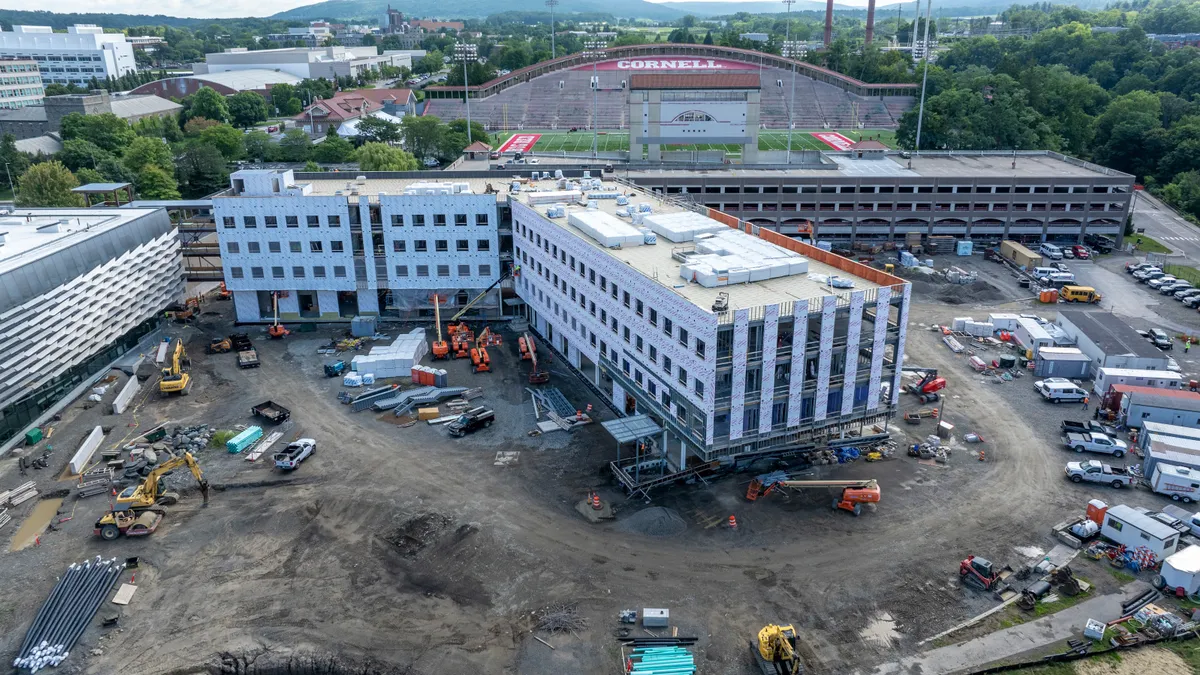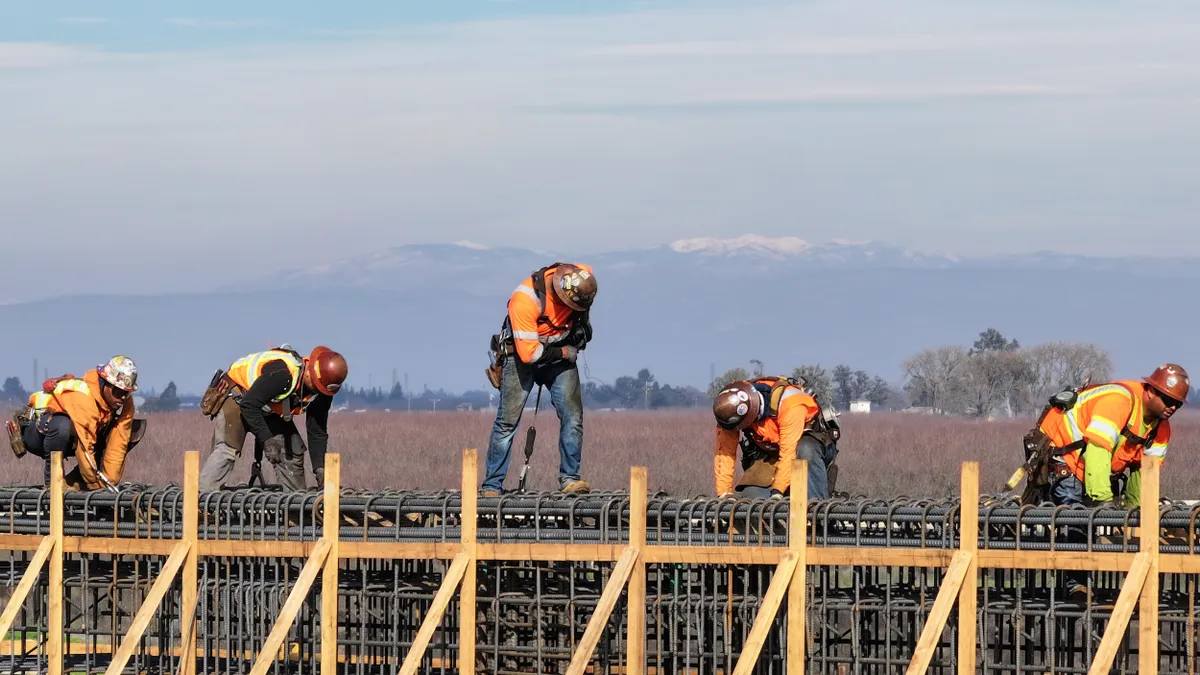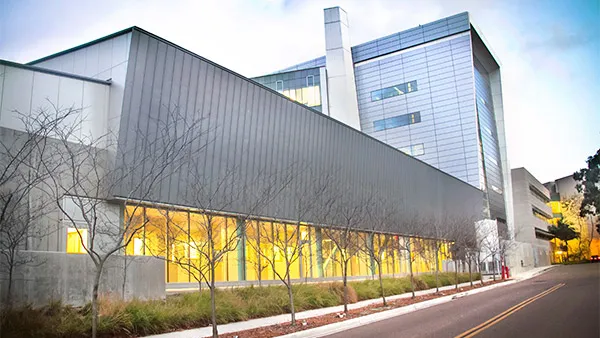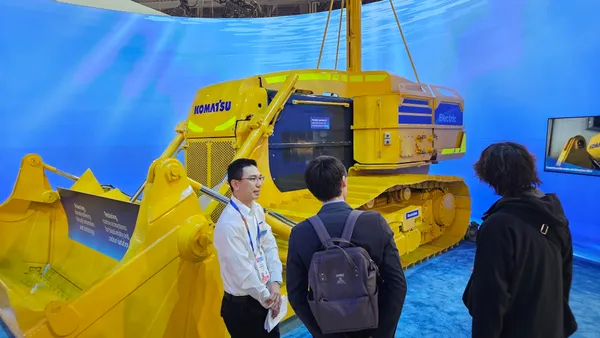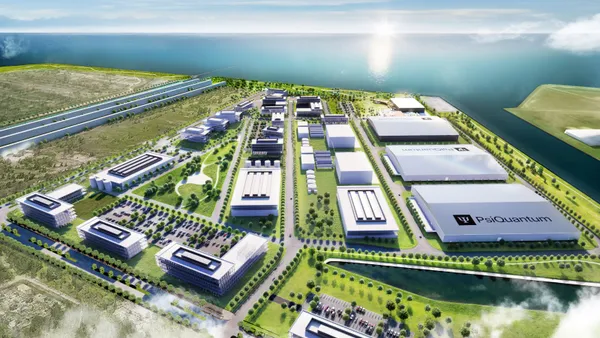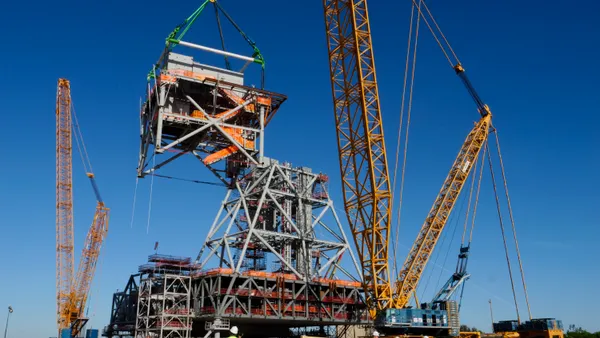Think -80 degrees Fahrenheit in an Alaskan winter is easy to mitigate? Preparation is everything, so you get extreme weather clothing, stock up on food supplies, get back-up heat sources at the ready and limit your time outside. Good job on your personal sustainability plan.
But what if your cold mitigation proves an inadequate match for the harshest plunge of the thermostat? What then? Instead, what if you ditched your red blood cells, softened up your spine, and manufactured proteins in your body to act as antifreeze – protecting you from freezing? Well you'd be an Antarctic Blackfin Icefish. To say these fish have a useful adaptation is an underappreciation of their resiliency in the face of life in an extreme habitat.
Both the preservation plan to mitigate the impacts of winter and the adaptation to survive them are essential to sound building design. But with resilient design, there is an intentionality to enable a building to respond to natural disturbances with recovery – in building integrity, building materials, and building systems.
Tech Goes Full Tilt
The Hayward Fault strings its way through the San Francisco Bay Area with nearly 2.5 million people at risk of impact when a significant earthquake occurs. Determining building stability as quickly as possible is critical. An optical sensor, developed by the engineers at Lawrence Berkeley National Laboratory, could significantly accelerate building occupancy recovery.
The Discrete Diode Position Sensor (DDPS) along with a laser system accurately measures the inter-story drift of a building post-earthquake. "Until now, there’s been no way to accurately and directly measure drift between building stories, which is a key parameter for assessing earthquake demand in a building," said David McCallen, a senior scientist in the Energy Geosciences Division at Berkeley Lab.
Berkeley's sensor system could help government buildings, hospitals and businesses have the information they need to be able to safely remain open. Building triage is also enabled so building inspectors can focus on the buildings with the most risk first, reducing the need for manual inspections. The first DDPS will be deployed this summer in a building at Berkeley Lab.
The Two Faces of Resilience
Stability of a structure is threatened not only from motion generated from the earth, but in its essential design. Stability of the cladding on a building is dependent on adherence to sound structural engineering. The capability of the building envelope to maintain stable performance with climate and moisture variables is design and materials dependent. Modern envelope design improves the compartmentalization of the wall environments but does introduce new considerations for materials performance. Wind-driven rain, for example, can travel past cladding, pass-through insulation and create condensation on the sheathing. How that sheathing handles moisture contributes to the integrity of the envelope and the health of the building for occupancy.
"We think it's important to design building materials with resilience in mind. DensElement® Barrier System not only blocks bulk water, which can occur in rain washing, it's also vapor-permeable allowing moisture-laden vapor within the assembly to escape. This ability to dry-out, recover if you will, helps maintain the integrity of the envelope and interior environments," said John Chamberlin, Senior Product Manager, Georgia-Pacific.
A temporary wall at The University of Texas Medical Branch in Houston protected renovations from Hurricane Harvey. Despite the wind and excessive rain, water didn't penetrate through the exposed wall. While moisture resilience battles a storm in progress, after storm reconstruction is often overlooked as a resilience criteria. With speed essential to restore government services, hospitals and businesses, efficiency in installation is paramount.
"Part of the beauty of DensElement® Barrier System," Chamberlin continued, "is its speed in installation. With the WRB-AB already integrated, an installation step is eliminated saving considerable time in reconstruction. It also saves on labor – the same installer finishes the seams, fasteners and rough openings and moves on."
East Coast Survival Smarts
New York City is a resiliency lab. It boasts one million buildings with a median age of 90 years, and 520 miles of coastline - more than Miami, Boston, San Francisco and Los Angeles combined. 400,000 New Yorkers live in the floodplain.
Hurricane Sandy taught the city a costly lesson. Historically, traditional design placed mechanical and electrical hubs in the basements of buildings.
"When the storm surge hit, floodwater poured into basements, devastating buildings," said Douglas Mass, PE, LEED AP, president of Cosentini, a building systems consulting engineering firm. "Since most of a building’s mechanical, electrical and plumbing equipment is traditionally located below grade, this infrastructure was severely damaged or completely wiped out. Electrical switchgear was coated with salt water and fuel oil tanks were flipped over, spilling hazardous materials."
Post-Sandy the city responded with new building regulations including provisions to prevent mechanical and electrical systems from the impact of flood waters. The ground level must be raised above the design flood elevation for example, and concrete foundations must meet new standards to better resist hydrostatic pressure.
"Long-term resiliency is about planning for extreme future events and creating an environment where buildings are safe for people to work and to live," Douglas said. "It is about ensuring critical facilities such as hospitals and fire and police stations can stay operational, have reliable power, and be able to communicate."
Making the Shift
Perhaps the advent of Artificial Intelligence will turn our buildings into infrastructure Antarctic Blackfin Icefish, but until then, building, materials and technology science is leading the way with intentional resilience solutions. While there's always more comfort in conventional approaches, we must adopt resilience within ourselves – recover from conventional thinking and embrace sound advancements - so we can adapt to a future that does nothing short of demanding it.




